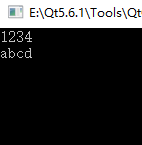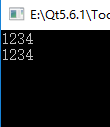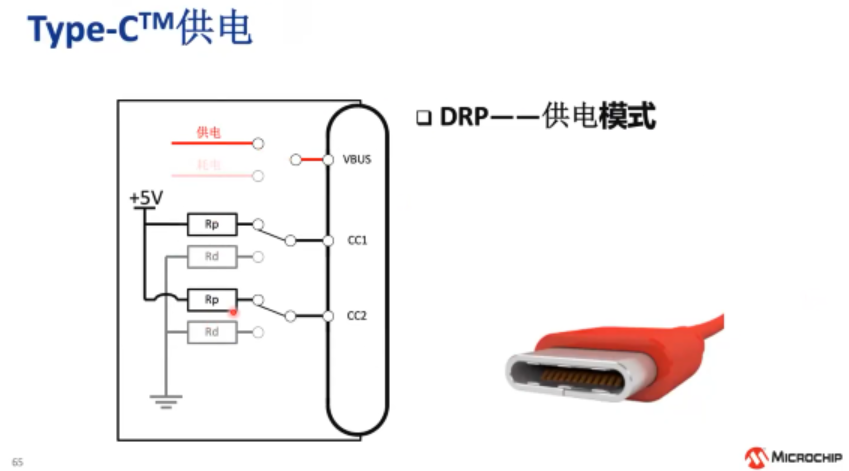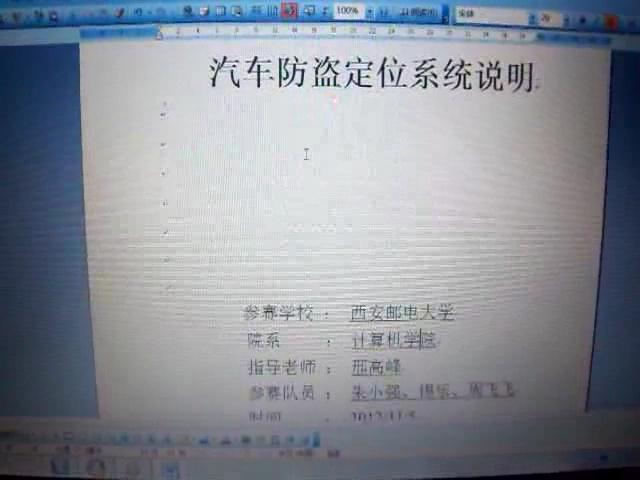C++ string中c_str()、data()、copy(p,n)函數的用法
1、c_str():生成一個const char*指針,指向以空字符終止的數組。
參考自:csqlwy - 博客園
鏈接:www.cnblogs.com/qlwy/archive/2012/03/25/2416937.html(點擊尾部閱讀原文前往)
①因為c_str()返回的只是一個指向某字符串的指針,因此要么現用先轉換,要么把它的數據復制到用戶自己可以管理的內存中
int main()
{
const char* c;
string s="1234";
c = s.c_str();
cout<<c<<endl; //輸出:1234
s="abcd";
cout<<c<<endl; //輸出:abcd
return 0;
}12345678910
我們可以使用strcpy等函數把需要的數據拷貝到另一個內存中,就能獨立開來。(推薦)。
int main()
{
char* c=new char[20];
string s="1234";
//c = s.c_str();
strcpy(c,s.c_str());
cout<<c<<endl; //輸出:1234
s="abcd";
cout<<c<<endl; //輸出:1234
return 0;
}1234567891011
② c_str()返回一個客戶程序可讀不可改的指向字符數組的指針,不需要手動釋放或刪除這個指針。
2、data():與c_str()類似,但是返回的數組不以空字符終止。
3、copy(p,n,size_type _Off = 0):從string類型對象中至多復制n個字符到字符指針p指向的空間中。默認從首字符開始,但是也可以指定,開始的位置(記住從0開始)。返回真正從對象中復制的字符。------用戶要確保p指向的空間足夠保存n個字符。
(從size_type _Off開始,賦值n個字符到p中)
int main( )
{
using namespace std;
string str1 ( "1234567890" );
basic_string <char>::iterator str_Iter;
char array1 [ 20 ] = { 0 };
char array2 [ 10 ] = { 0 };
basic_string <char>:: pointer array1Ptr = array1;
basic_string <char>:: value_type *array2Ptr = array2;
cout << "The original string str1 is: ";
for ( str_Iter = str1.begin( ); str_Iter != str1.end( ); str_Iter++ )
cout << *str_Iter;
cout << endl;
basic_string <char>:: size_type nArray1;
// Note: string::copy is potentially unsafe, consider
// using string::_Copy_s instead.
nArray1 = str1.copy ( array1Ptr , 12 ); // C4996
cout << "The number of copied characters in array1 is: "
<< nArray1 << endl;
cout << "The copied characters array1 is: " << array1Ptr << endl;
basic_string <char>:: size_type nArray2;
// Note: string::copy is potentially unsafe, consider
// using string::_Copy_s instead.
nArray2 = str1.copy ( array2Ptr , 5 , 2 ); // C4996
cout << "The number of copied characters in array2 is: "
<< nArray2 << endl;
cout << "The copied characters array2 is: " << array2Ptr << endl;
}1234567891011121314151617181920212223242526272829303132
*博客內容為網友個人發布,僅代表博主個人觀點,如有侵權請聯系工作人員刪除。
磁控管相關文章:磁控管原理
漏電開關相關文章:漏電開關原理 激光二極管相關文章:激光二極管原理









